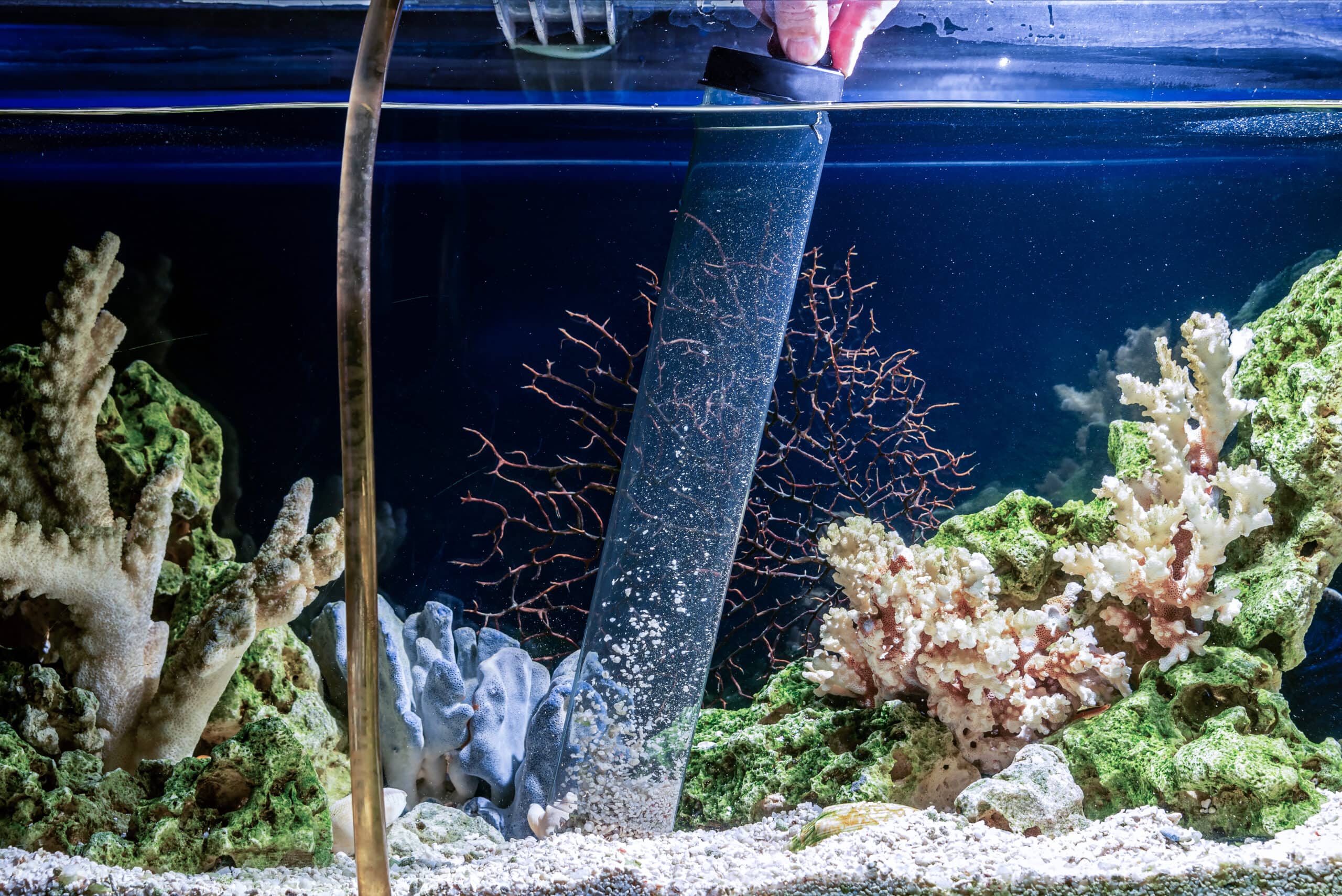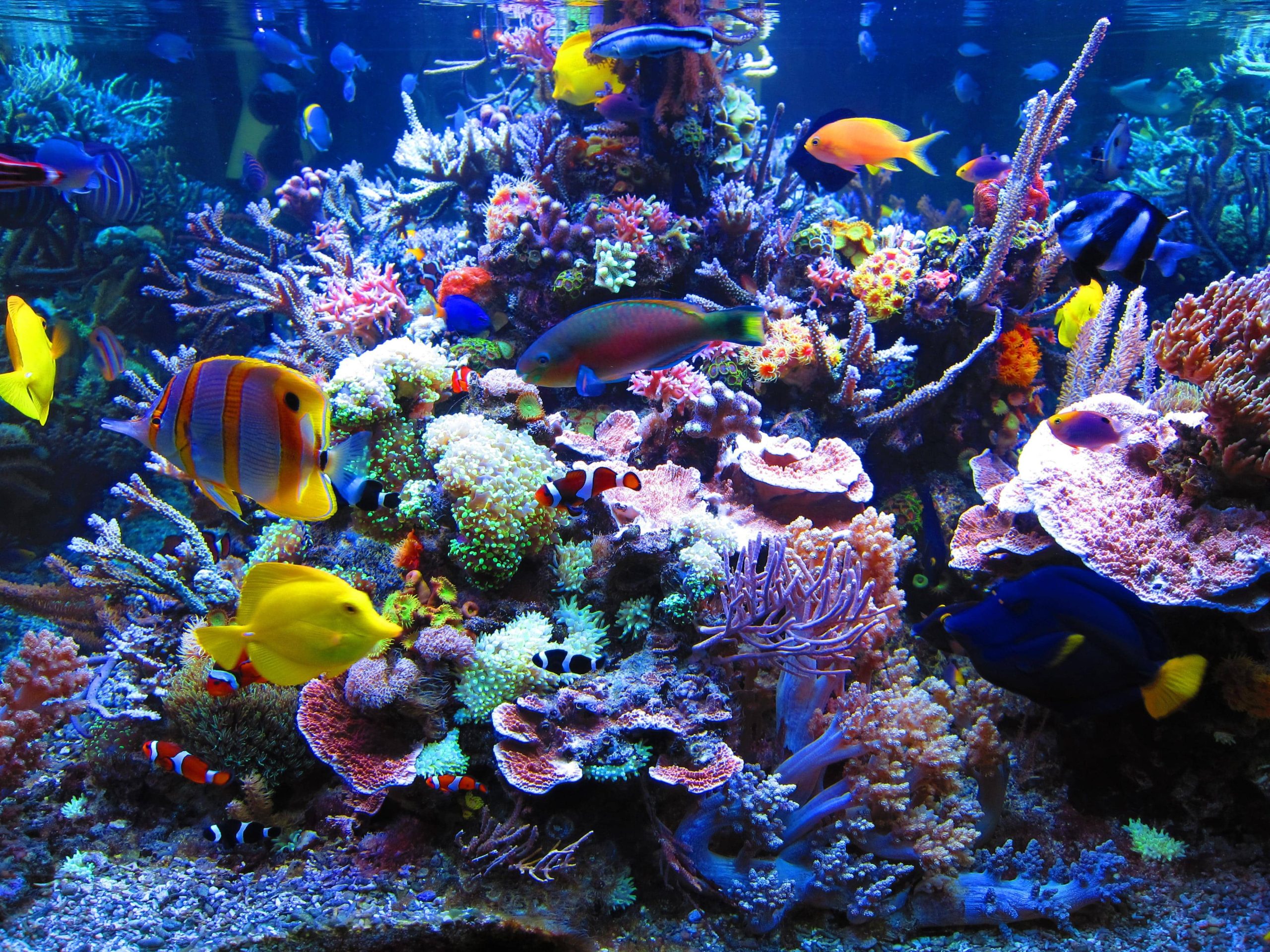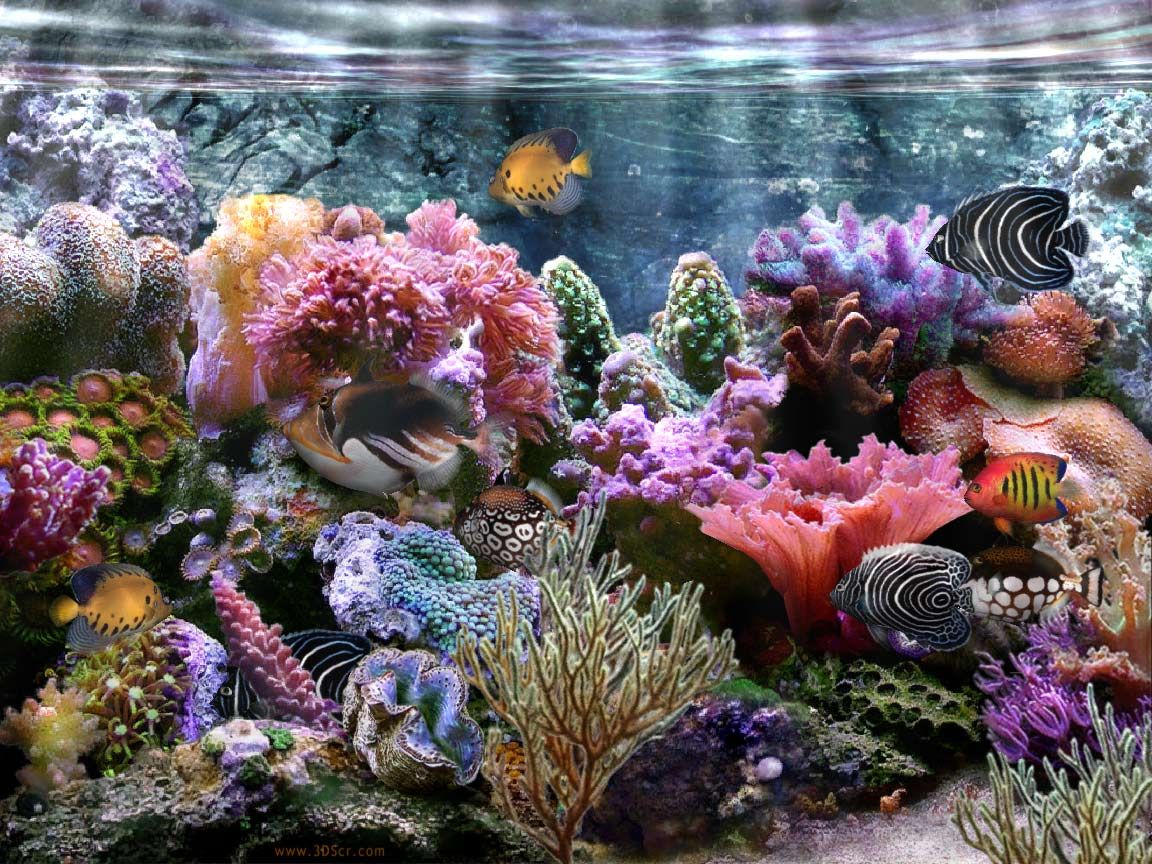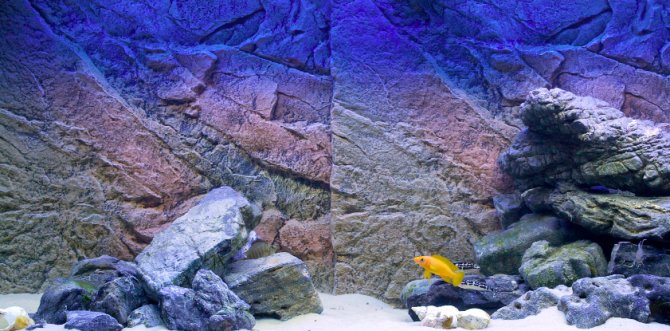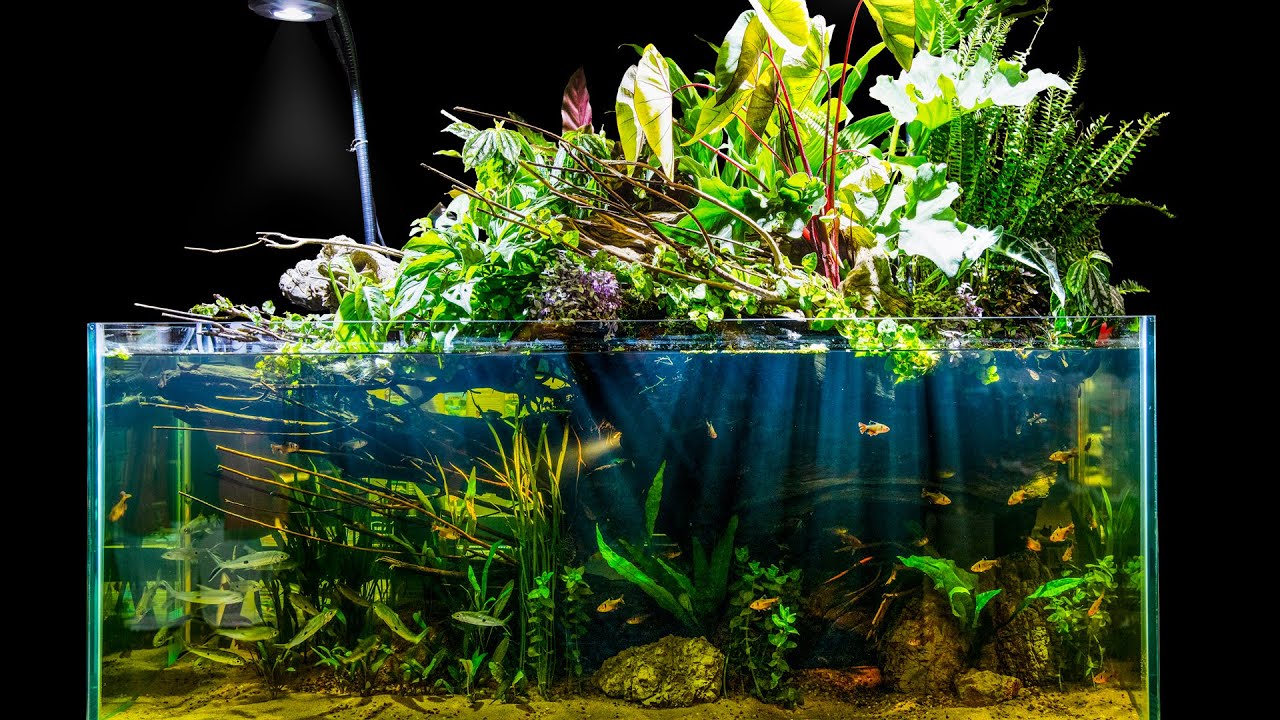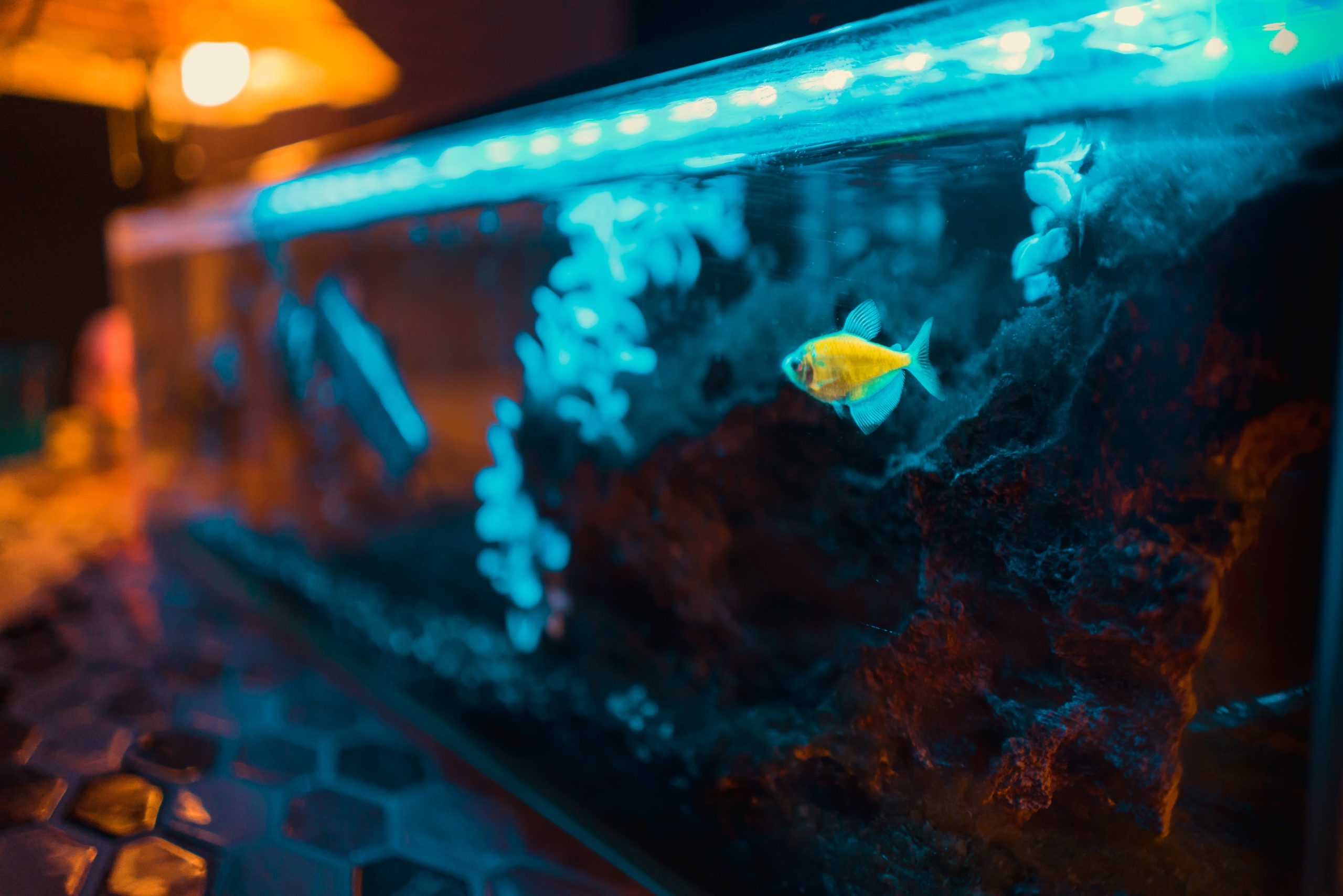The quality of aquarium water is one of the most critical factors for fish. Even experienced aquarists become anxious during times of big changes. Being highly sensitive creatures, fish are quickly affected by even small changes in water quality and can be life-threatening.
The Importance of Fish Tank Water Quality:
The healthy life and development of fish depends on the quality of the aquarium water. Of course, maintaining clean aquarium water is very important.
Your fish will have a hard time in dirty water. The pH level of the water rises and is not suitable for your fish. Apart from that, being in polluted water with increased toxin levels can cause discoloration, stress, and diseases.
In addition, water that does not change regularly may cause the fish to lack elements and minerals from the water and thus easily get sick. For many other reasons, it is very important to change the water regularly and to provide a clean and clear living space.
You can find information about aquarium water changes in our article in a way that preserves the water properties.
How to Change Fish Water?
You may have heard of beneficial bacteria in the aquarium. Beneficial bacteria are of great importance in the life cycle of fish. In particular, the nitrifying bacteria must be sufficient in aquariums to keep the nitrate level under control. Otherwise, the increased nitrate level can cause the death of fish. A very polluted environment prevents the growth of bacteria, and the nitrate level of the water increases. It is life-threatening for your fish. That is why these bacteria must be protected during water changes.
Using the nitrate test before and after the water change is a good pracice. The nitrate level is very important for your fish. For this reason, it is important to measure the ammonia and nitrate levels of the aquarium regularly, not just during changes.
Making partial water changes at frequent intervals is always recommended rather than changing the entire aquarium water. You can also use bacteria additive used as a ready-made preparation after adding water to the aquarium. Thus, the amount of beneficial bacteria reaches a sufficient level quickly, and the health of the fish is not at risk.
In addition, it will be possible to keep the aquarium water clean for a longer time, thanks to the biological water cleaning products you will use. Your priority should be changing the water without disturbing the quality of the aquarium water.
The aquarium materials you need for water change can be listed as follows:
- Bucket
- Aquarium siphon
- Water conditioners
- Nitrate remover
- Rested clean tap-water
You can easily change the water of the aquarium with these simple ingredients. It will be useful to always have rested tap water in a bowl and to keep the water ready by dropping a few drops of bacteria culture into this water.
During aquarium water change, you should be very careful if you have small fish. Small fish can be attached to the bottom drain. You can secure your fish by using a net baby pool to prevent such an accident.
A partial water change is recommended once a week by the experts. For this process, it will be sufficient to empty up to 20% of the aquarium water in a bucket with the aquarium cleaning siphon and add the rested tap water that you have prepared before. Changing an amount of 10 – 15% of the aquarium water at frequent intervals is recommended. Changing more than 30% of the aquarium water at once means a change of the whole property and chemical structure of the water, and it is vital to make measurements with aquarium water tests and use the necessary water conditioners after adding water.
You can find many types of Aquarium cleaning siphons that you will use during this process in stores. We especially recommend you choose the types with valve bottom cleaning siphon and pump bottom cleaning siphon. Because these will make it easier for you to absorb water and control the amount of water that will flow.
Getting the water you will discharge from the aquarium from the bottom of the tank and not from the surface will be beneficial. During this process, removing the dirt accumulated at the bottom will be better if you move the sand or gravel to the bottom.
Then you should add the amount of water you have poured. You should definitely check the values of this water you will add. For this purpose, you should check the chlorine, chloramine, and nitrate values and add the appropriate amount of water for your fish. For this purpose, you should use the aquarium chlorine and nitrate tests. If the chlorine level of your water is high, you should definitely adjust these levels by using an aquarium water conditioning product with a dechlorinating feature.
How Can I Make My Aquarium Water Clear?
No matter how much effort you put in, it is very difficult to completely prevent water clouding due to feeding, waste, plants, or algae. You can slow down this process with the measures you take. In this way, your fish will have a healthier environment, and you can enjoy watching the aquarium clearly for a longer time.
For this purpose, you need to get a fish tank sized to match your fish numbers. Having a large number of fish in a small fish tank causes the water to become cloudy in a short time, depending on the waste. If your fish tank water becomes cloudy in as little as 2 days, this is an indication that the fish tank is small.
The fish tank size is important in choosing the filter you will use. Using a fish tank filter suitable for the aquarium’s capacity to keep the water clean and clear is also essential. You can use a fish tank internal filter or an aquarium external filter suitable for the capacity.
Water Change Temperature?
When changing the water of your fish tank, the temperature of the water you add should be close to the temperature in the fish tank. A solution would be to keep the rested tap water in the same environment as the aquarium.
To prevent your fish from being shocked, you should add small amounts gradually after checking the temperature of the water. The temperature of the fish tank water and the temperature of the water to be added must be the same. This is an issue that needs to be paid attention to, especially during water changes during the winter months. An aquarium thermometer will help you with this. A digital degree you can easily find from pet shops should be kept fixed on the aquarium glass. In addition, the water temperature to be added can be easily equalized with a glass thermometer.
Complete fish tank water change is not recommended. Because of this process, fish must be taken out of the aquarium. When put back in very different water and taken to a different environment, this is a source of extreme stress and harm for the fish. However, decor and aquarium base material that gets dirty in time should be cleaned or renewed. Using stress-relieving water-regulating preparation for your fish during these periods is very beneficial.
The most important issue in complete changes is to return the fish to the aquarium after ensuring that all the chemical values of the regenerated water are at the same level. For this reason, it is vital that the water is rested for a few hours and the necessary tests are applied, and the temperature of the water is within the appropriate range. In this process, water regulators such as chlorine remover, stress reliever, and nitrate remover may need to be supplemented at appropriate rates.
Partial water change in the fish tank is a simple process. This process, which you will complete in a short time thanks to a bucket and siphon, will take a lot of time if you have a large fish tank or more than one aquarium. If so, you can make regular water changes with automatic flushing.
In the automatic flushing system, there is a hose attached to the faucet and a waste hose that draws water from the aquarium at the same time. Thanks to this system, which is quite easy to install, you can provide continuous water changes and keep your aquarium clean.
If you are going to use this system, you will need to pay attention to a few issues. Especially in aquariums with small fish, there should be a filter at the end of the waste hose that fish cannot pass. In addition, there should be a thinner filter at the outlet end. In this way, you will prevent the aquarium base sand from being lost.
Another issue is the regular measurement and control of the chemical values of the aquarium after the constantly changing water. You should remember that continuously added tap water will cause changes in aquarium chemistry.
After changing and cleaning the water, watching your healthy fish swim in crystal-clear water will give you peace of mind.
Conclusion
Water change is a very important issue for your aquarium. In our article, we discussed the issues you should pay attention to. Frequent and small water changes are the safest for your fish. When making a water change, attention should be paid to the water temperature. If necessary, you should heat the water with your heater.
Water change can sometimes be tiring, but it is a part of aquarium maintenance. However, your contribution to the health of your fish and the appearance of your aquarium with water change will make you happy.

